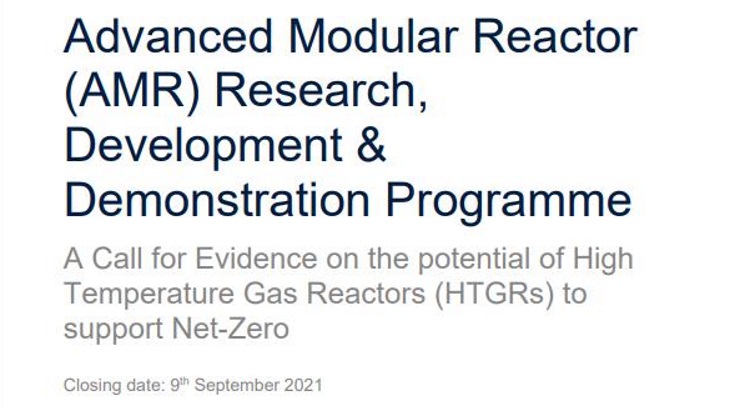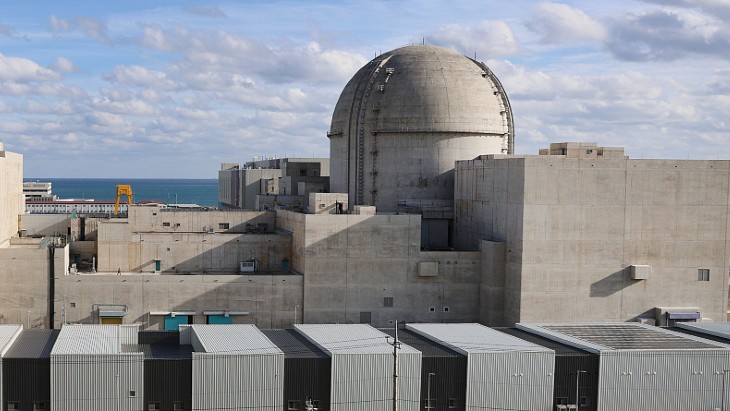The move builds on the commitment made in the Energy White Paper and the Prime Minister’s Ten Point Plan for GBP170 million of investment in an R&D programme for AMRs, as part of a GBP385 million package to accelerate the development of more flexible nuclear technologies. The Call for Evidence, meaning open consultation, is here. The consultation closes on 9 September.
Minister of State for Energy Anne Marie Trevelyan said: "While renewables like wind and solar will become an integral part of where our electricity will come from by 2050, they will always require a stable low-carbon baseload from nuclear. That is why, alongside negotiations with the developers of Sizewell C in Suffolk, we are pressing ahead with harnessing new and exciting advanced nuclear technology."
AMRs use new types of fuel and coolants compared to conventional reactors, which tend to use water for cooling. Internationally, there are six main types of AMR technology, which could play a role in achieving net zero, with some potentially re-using spent nuclear materials as new fuel. However, with one of the highest temperature outputs, HTGRs are being considered for the UK's demonstrator programme.
Sue Ion, a fellow at the Royal Society and the Royal Academy of Engineering, said: "This proposal is extremely welcome news and demonstrates the tremendous potential of advanced nuclear power, which could be expanded safely to improve the overall efficiency of our energy system, but also help decarbonise difficult to [abate] heavy industry."
Tom Greatrex, CEO of the UK's Nuclear Industry Association, said he hoped the government will "move swiftly forward" to agree a funding settlement and delivery timeline for a demonstrator this year.
"Britain has unparalleled expertise in gas-cooled reactor technology, and a strong supply chain ready to support further innovation. This announcement will help unlock AMRs' potential to produce clean hydrogen as well as clean electricity for the gird, a vital part of the UK's plan to reach net zero. It is important, therefore, that the UK encourages the development of a range of AMR designs and adapts its regulatory framework to realise the full promise of this new generation of technology. However, what we need now is urgent action on a new financing model that ensures we can deliver nuclear, large and small, to secure our net zero future."
The six types of AMRs selected by the Generation IV International Forum for further research and development are: gas-cooled fast reactor; lead-cooled fast reactor; molten salt reactor; supercritical water-cooled reactor; sodium-cooled fast reactor; and very high temperature gas reactor.
AMRs are one of two types of advanced nuclear technologies being explored by the UK government. The other is small modular reactors, which use existing pressurised water reactor technology, and which are likely to be able to be mass-produced and transported, "flat-pack-style", to parts of the country that need them, the government said.
The government also announced today the piloting of an Advanced Nuclear Skills and Innovation Campus, being developed by the National Nuclear Laboratory (NNL). Located in Preston, England, it will serve as an innovation hub, bringing together industry and academia to collaborate on projects which help develop and commercialise advanced nuclear technologies.
Meanwhile, the Department for Business, Energy and Industrial Strategy (BEIS) is preparing to submit a summary of evidence on nuclear energy to the Energy Working Group (EWG), which will help inform how to address nuclear energy in the Green Taxonomy.





_72306.jpg)


_49562.jpg)





